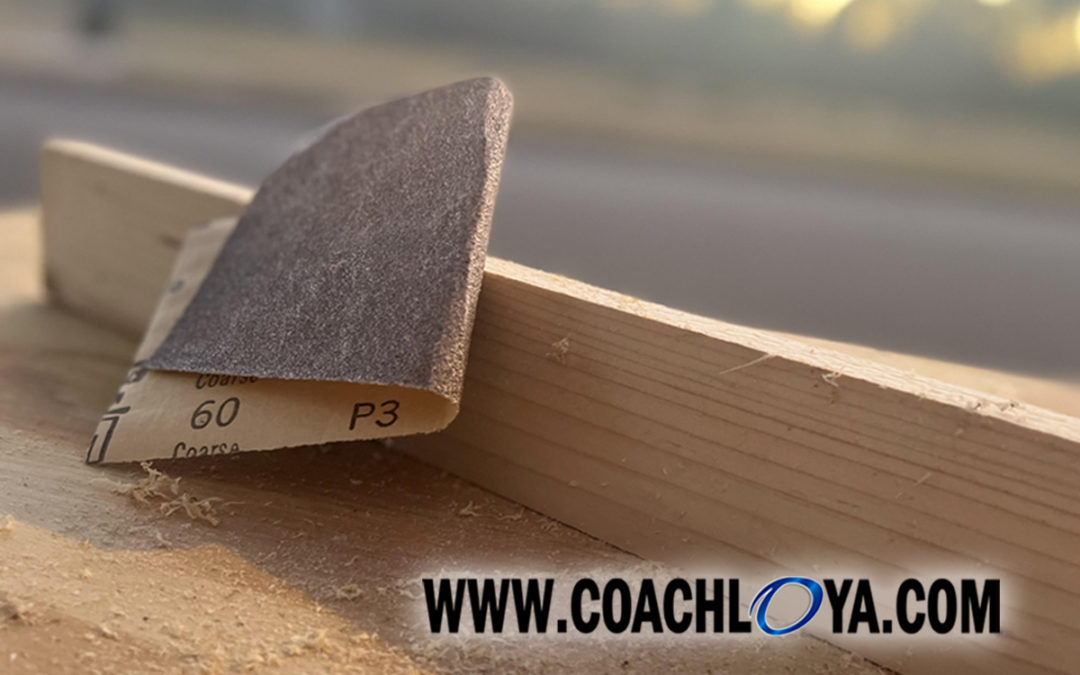Woodworking is a trade that requires creativity, dexterity, and patience—a lot of patience. To produce a quality product, no part of the carpentry process should be rushed. Diligence matters at every stage, especially when it comes to sanding.
I’ve yet to come across a woodworker who discounts the value of sanding. Not only does sanding produce a smooth, appealing finish, it prevents splintering, removes milling imperfections, and improves finish adhesion.
Saws and planers tend to crush the wood’s fibers and clog the pores, which prevent stains and varnishes from being absorbed. Sanding reopens those pores, thereby strengthening the finish’s bond.
Like woodworking, teambuilding requires patience—a lot of patience. That is, patience with everything except toxic behaviors.
To ensure a healthy team environment, culturally disruptive behaviors must be confronted with expedition. A slow response allows toxicity to gain a foothold.
Unfortunately, confrontation is often followed by contempt. People don’t like having their egos roughed up. An unpleasant confrontation can leave both parties feeling angry, hurt, and bitter.
Though understandable, none of those reactions provide the ideal foundation for improving a team’s cohesiveness.
That’s why teams benefit from having sandpaper teammates—individuals capable of smoothing over the disdain caused by confrontation and internal conflict.
Sandpaper teammates are master empathizers. They appreciate the hurt caused by the confrontation, as well as the need for the confrontation. This skill positions them to replace emotional subjectivity with rational objectivity.
Having someone on the team who can convey understanding with a calming tone reduces the risk of necessary confrontations turning into unnecessary feuds.
Sandpaper comes in a variety of coarseness, measured in grit. Paper with larger granules have a lower grit rating. Paper with smaller granules have a higher grit rating. When sanding wood, the higher the grit, the finer the finish.
This rating system applies to sandpaper teammates too. In the context of behavior, grit is a personality trait demonstrated through passion and perseverance toward a goal despite being challenged by obstacles.
New York Times bestselling author and pioneering psychologist Angela Duckwoth says grit is the “hallmark of high achievers in every domain.”
The grittier sandpaper teammates are, the more effective they are in their role. Their grittiness prevents the team from splintering, removes imperfections, and strengthens their teams’ bonds—all of which contribute to a quality team finish.
As always…Good teammates care. Good teammates share. Good teammates listen. Go be a good teammate!





